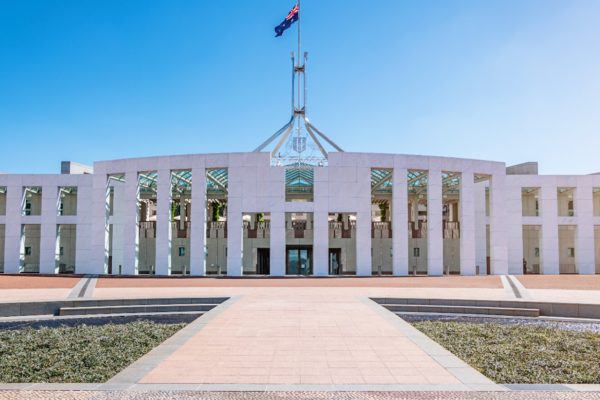Immigration into regional and low population growth areas is important for Australia. It’s excellent for so many reasons: introduction of skills, culture, and diversity just for one. But the flow of money in smaller communities is important in keeping them vital, too.
“We asked for workers. We got people instead.”
― Max Frisch
Most people living in three of Australia’s capital cities wouldn’t consider that they live in a regional area. But if your business is in Hobart, Darwin, or Adelaide, the Department of Immigration says that you do.
If you are a business in one of these areas, there are a lot of benefits of sponsoring a migrant. Just one of these is that you may have the annual turnover requirement waived. There are other requirements needed to make that happen, but if you’re eligible, it may help you to get skilled staff more quickly. Call us to find out whether you’re eligible.
And if you are a potential migrant, being sponsored by a participating state or territory government, you have no choice. Depending on what visa, you will have to agree to living in a low growth metropolitan area, or in regional Australia.
While on the surface of things this might sound restrictive, it is actually a real boon to these areas of Australia. And it is beneficial to migrants, too: It enables them to see a part of Australia that they may not have otherwise really experienced. Living as a permanent resident in one of Australia’s regional areas will open up to you the beautiful nature of small Australian communities.
As a business owner in one of these areas, you are doing a lot of good when you sponsor permanent residence for someone. It means that you are invested not just in your business, but in the wider community generally.
This might all sound a bit wishy washy, but the reality is that immigrants help relieve critical skills shortages. They also add increasing value to communities in a broader sense. Immigrants may have children, which contributes to schools, shops, sporting communities. Retail areas in low population communities are boosted whenever someone new moves into town.
And the human capital of greater diversity is valuable in any community.
What areas of Australia are considered ‘regional’ or ‘low growth’?
This table gives you all postcodes that the Department of Immigration includes in its regional and low population growth areas for certain visas.

Contact us for more information >>




